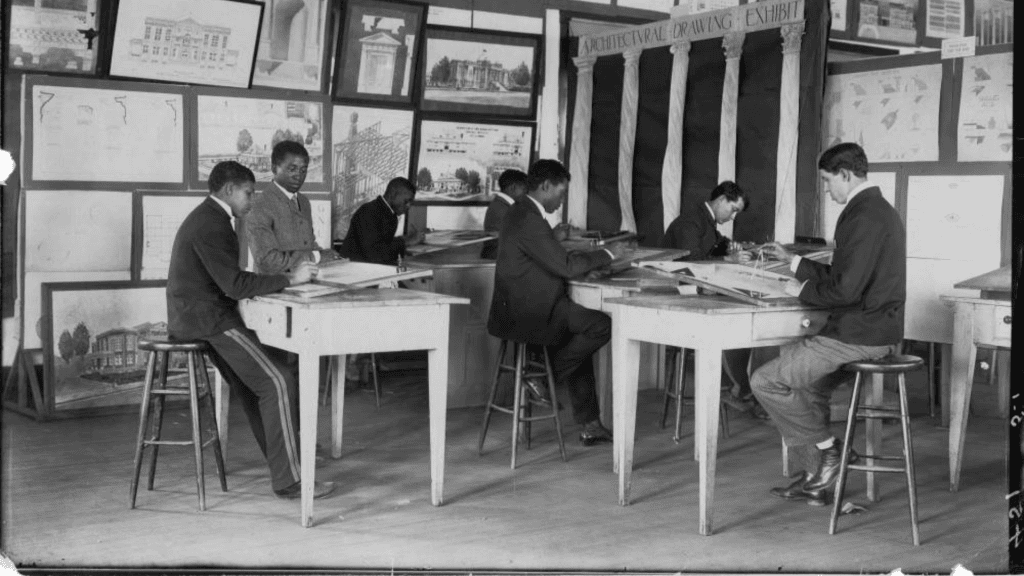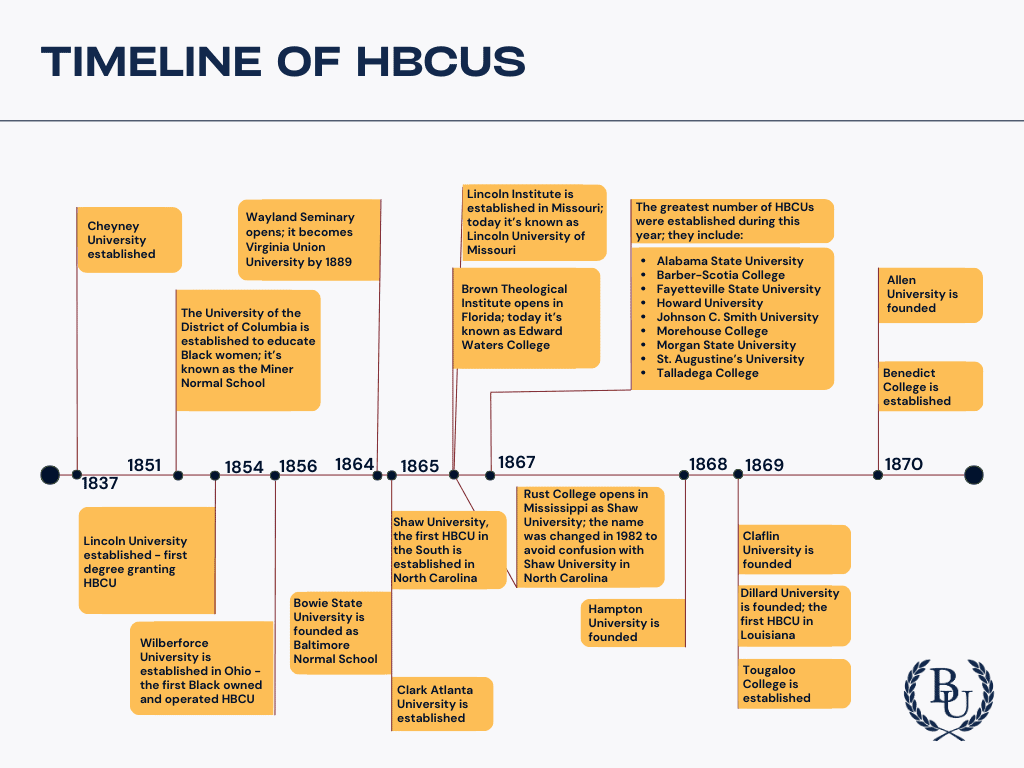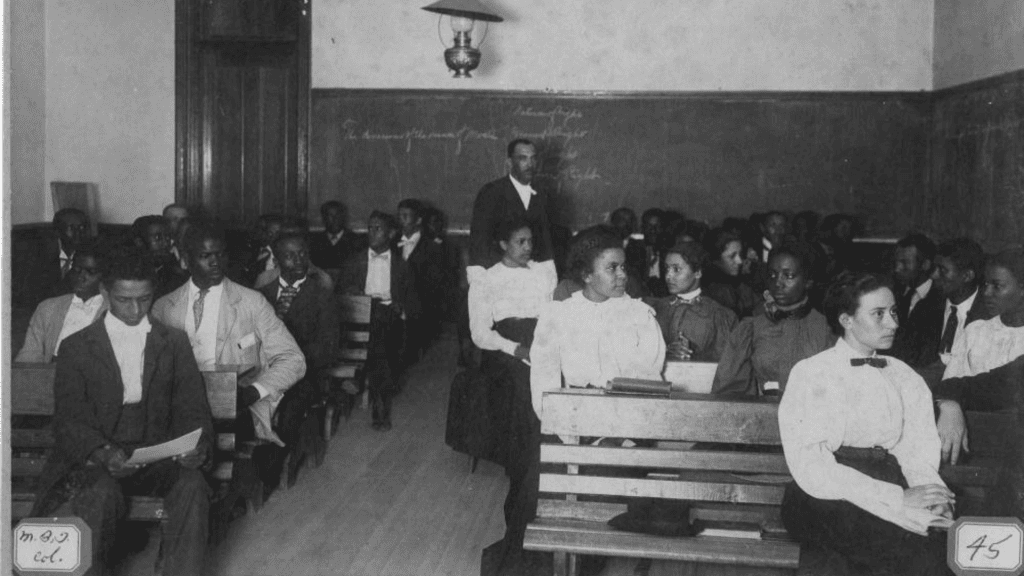Black History Month is celebrated every February and is a time to observe and celebrate the achievements, contributions, and experiences of African Americans throughout history. It’s celebrated in the U.S. and Canada.
As an institution for higher education, Bryan University wants to highlight the history and importance of Historically Black Colleges and Universities (HBCUs), as well as the overall impact they’ve had on higher education. At the time of this publication, more than 228,000 students across the country are enrolled in Historically Black Colleges and Universities, according to the Department of Labor.1

Before the first Historically Black Colleges and Universities were established, there were singular events of African Americans attending and graduating from college. John Chavis was the first Black person on record to attend college; he was admitted to Washington and Lee University in 1799. Over 20 years later, Alexander Lucius Twilight was the first African American to earn a bachelor’s degree from an American university. He graduated from Middlebury College in 1823.
On February 25, 1837, a Quaker philanthropist named Richard Humphreys established the first HBCU, the African Institute, known today as Cheyney University of Pennsylvania. He gave $10,000 to design and establish the school with the purpose of educating African Americans and preparing them as teachers2.
Almost 15 years later, the Normal School for Colored Girls was established in Washington, D.C.3 It was, at one point, the only school that offered education beyond an elementary level for African Americans in the capital. It was associated with Howard University from 1871-1876, and in 1879 when it was known as Miner Normal School, it became part of the District of Columbia public school system. It was renamed again in 1929 to Miner Teachers College and Black teachers were trained at the school for 70 years. The school and its predecessors are credited with playing instrumental roles in developing the Black school system in the district. It was eventually renamed the University of the District of Columbia, which is what it’s known as today.4
The majority of HBCUs were established between 1865-1900. The largest number started in a year was in 1867, two years after the Emancipation Proclamation.5

Title III of the Higher Education Act of 1965 officially designated an HBCU as a school of higher learning that was accredited and established before 1964, and whose principal mission was the education of African Americans. As of this publication, there are 107 recognized HBCUs in the U.S., according to the Department of Labor. A majority of those are four-year public and private institutions.
HBCUs have had, and continue to have, a profound impact on expanding access to higher education. They provided a pathway to college for Black Americans at a time when no other institutions would. According to The Week, HBCUs produce 40% of all Black engineers, 50% of all Black teachers, 70% of Black doctors and dentists, and 80% of Black judges6.

A number of household names are graduates of HBCUs. This includes former Vice President Kamala Harris, the first Black Supreme Court Justice Thurgood Marshall, Dr. Martin Luther King Jr., Rosa Parks, Oprah Winfrey, Toni Morrison, Langston Hughes, Jerry Rice, and many more7.
HBCUs play a critical role in the higher education landscape. Today, HBCUs enroll students of all races, though Black students still make up the majority. Despite only making up 3% of the country’s universities and colleges, HBCUs enroll 10% of all African American students and produce almost 20% of all African American graduates, according to UNCF8.
Recommended:
Terms of submitting this form: I agree that Bryan University may contact me regarding educational services via email, telephone, SMS text message, or automated technology at the email address and phone numbers provided. Message and data rates may apply. Message frequency may vary. Text STOP to cancel anytime. This consent is not required to enroll. For questions, call 1 (888) 768 6861. Visit our Privacy Policy.